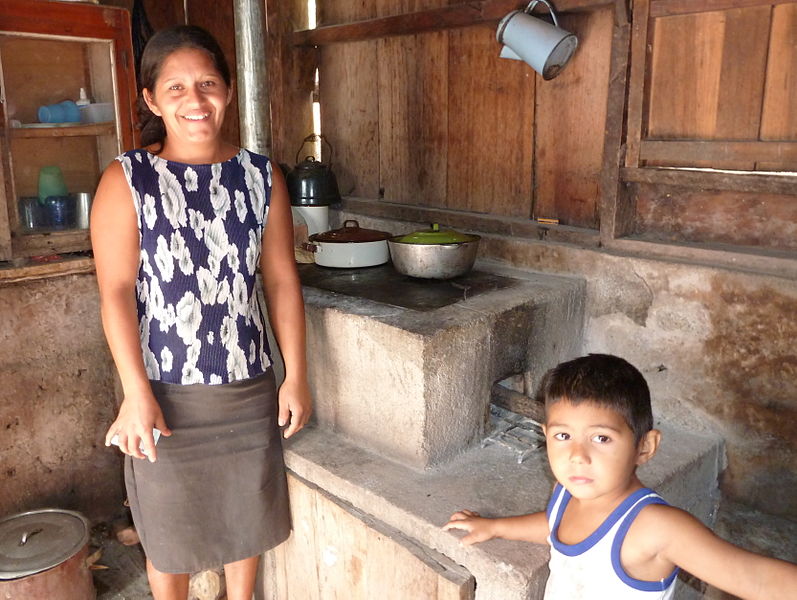Science News
Cleaner Cookstoves
February 17, 2012

The World Health Organization (WHO) lists indoor air pollution from primitive household cooking fires as the leading environmental cause of death in the world, as it contributes to nearly 2 million deaths annually—more deaths than are caused each year by malaria.
This was reported in the journal Science last October and reinforced again here at the annual American Association for the Advancement of Science (AAAS) meeting yesterday at a press conference titled, “Cookstoves: Reducing the Global Loss of Life.”
The problem isn’t the technology. Cleaner burning cookstoves exist. Many of them are even being distributed. But they just aren’t being used.
Open cookstoves are used by rural poor in developing nations in Asia and Africa. Hisham Zerriffi, of the University of British Columbia, remarked, “It’s one of the largest problems facing the world today—with huge implications to human health, gender inequity and the environment.” But as his colleague, Kirk Smith of UC Berkeley pointed out, “Just because we know it’s a risk factor, doesn’t mean we know what to do with it.”
There have been programs to switch out dirty combustion cookstoves with cleaner technology since the 1980s with degrees of success and failure. An early program in China saw an 85% success rate. The participants were not paid, but were monitored for usage. Another program in India at the time was a failure. The stoves stopped working after six months.
Some programs pay participants to put the cookstoves into their homes, using carbon credits to pay the users. Julian Marshall of the University of Minnesota tried a cookstove change-out program in a village in Uganda and found some improvement in air quality. When he returned to monitor the stove usage, he found some households that had the stove were still preparing the food on unhealthy cookstoves.
Zerriffi returned to the basics of the conversation: “We need to understand how households make decisions about what technology they need. How do they cook? What are they cooking?” And once scientists, governments, organizations and policy-makers understand the specific cultural needs in transferring to cleaner cooking technology, Smith stressed that the technology has to be simple enough for these villagers to use and fix themselves. And the usage of these stoves has to be monitored.
One idea, being tested soon, is a clean cookstove that charges a cell phone when it’s cooking. It may attract men, who normally don’t do the cooking in these households to get this stove, said Smith.
Reporters asked why they didn’t know more about this issue. The WHO, National Institutes of Health and the Global Alliance for Clean Cookstoves are trying to spread the word to developed nations to raise awareness and funds for clean stove distribution programs, as NPR reported last fall.
Want more information? KQED Quest ran a great story about cleaner-burning stoves developed at UC Berkeley to protect women in Darfur a few years ago. Two years ago, we produced a video about an inspiring local man developing solar cookers for his native India. Finally, spread the word or visit the Global Alliance website to find out how you can help!
Image: Rndlawrence/Wikipedia